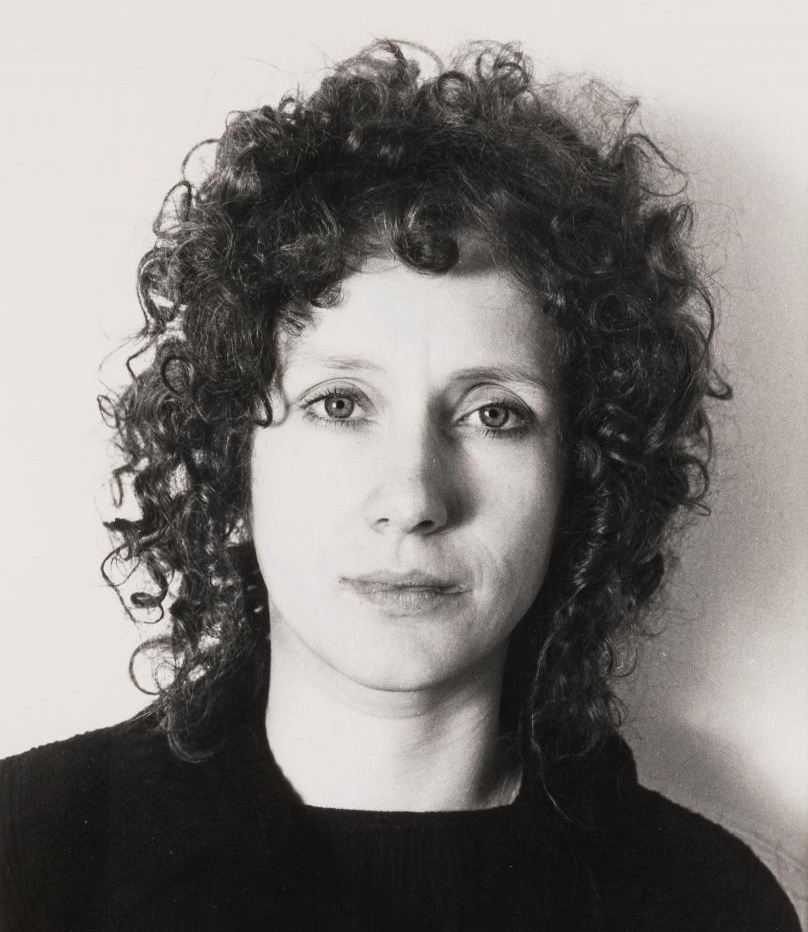Rose Finn-Kelcey

1945-2014 | London, UK
Rose Finn-Kelcey (1945-2014) was a central figure in the world of conceptual, feminist, and performance art in the UK. Throughout her career, Finn-Kelcey made a number of works explicitly relating to spirituality and religion, which she approached with wit and insight. For her 1999 work, It Pays to Pray, she created a series of vending machines that dispense prayers and motivational statements. According to a review in The Guardian, while contemplating God, Finn-Kelcey “wrote to priests in Rome asking them to draw what they thought He looked like. The results are riveting: abstract, numinous, a pair of hands cradling a figure, flames, lights, hearts, a vast presence over which people clamber like so many children in a playground.” Finn-Kelcey created It Pays to Pray in response to these drawings and as a critique of the ‘intense self-indulgence of the 21st century.’”
In 2024 she was commissioned to create a site-specific, temporary work for the exterior of St Paul’s Bow Common in London. Entitled Angel, it comprised 83,000 metallic shimmer-discs forming a text emoticon icon of an angel, prominently installed high up on the side of the church. “I wanted to put an image on the church that was totally expected to be there, that of an angel,” Finn-Kelcey explained. “But I wanted to transform it and update it into a modern and common language.” She worked with the vicar, the congregation, and the wider community in developing the work, which had a broad popular appeal. According to Duncan Ross, the church’s vicar at the time, Finn-Kelcey “showed a deep awareness that public art… will almost always have a human context; a community being asked to embrace such art… ‘Site-specific’ is also often ‘Community-specific.’”
Finn-Kelcey’s work was recently featured in Here is a Gale Warning: Art, Crisis & Survival, a group exhibition at Kettle’s Yard, Cambridge University’s modern and contemporary art gallery (March-June 2025). The title of the show is directly taken from a 1971 work of hers, a large black flag with “Here Is a Gale Warning” written on it in shiny silver letters, which she installed over Alexandra Palace in London, once used for BBC broadcasting, evoking a mysterious sense of alarm. Hanging over the entrance to the Kettle’s Yard exhibition is another of her provocatively titled works, God Kennel — A Tabernacle (1992), which consists of a stylized, almost minimalist, red doghouse attached upside down to the ceiling. The sculpture draws our gaze upward, as if towards heaven. The word “tabernacle” in the title suggests a holy space where God is present, such as the sanctuary for the Ark of the Covenant as described in the Bible, or the receptacle for the reserved host in a Catholic church. The work reminds us, in an open-ended and ambiguous way, to ponder the relationship of the everyday to the divine. The transcendent, or God, can be found in even the most ordinary things if we look with a different perspective.
Select Images

